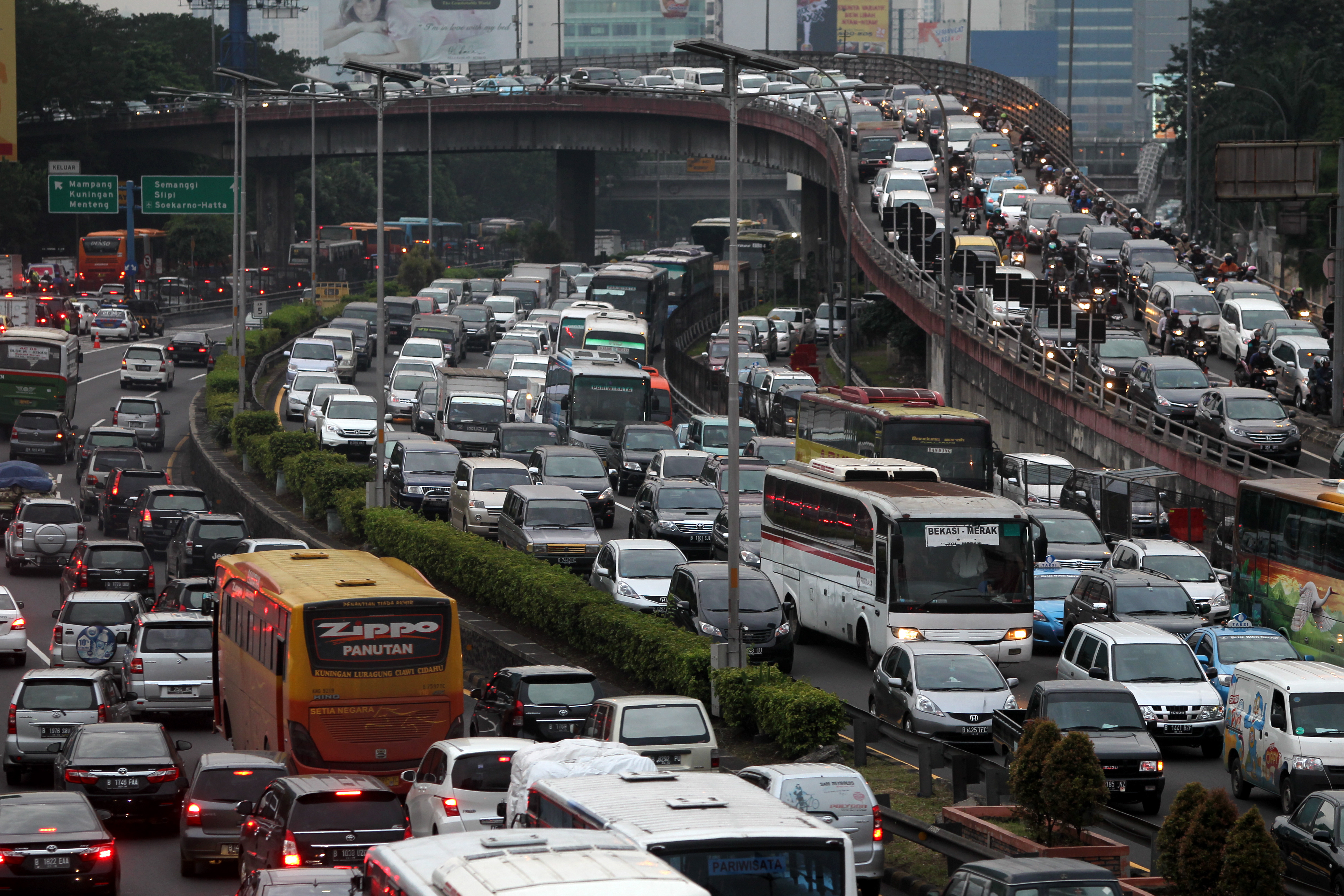
BANGKOK—Famous for its racy nightlife, the Thai capital offers visitors a variety of cheap thrills. But for sheer death-defying excitement at a budget price, it would be hard to top a ride on one of the city's ubiquitous motorcycle taxis.
Officially, there are 49,763 licensed motorcycle taxis in Bangkok; unofficially, the number might be more than double that. It is estimated that they carry 2 to 3 million passengers each day.
The drivers wear distinctive orange vests, with a few reds, purples and greens for variety. You can find them ready and waiting on nearly every other corner of this city's crowded center. If you need to get somewhere in a hurry, a motorcycle taxi is the best way—the only way, really—to beat Bangkok's near-permanent gridlock. These drivers take pride in their ability to find creative solutions to clogged streets.
On a recent weekday morning, I hired a driver named Niran Sujitthan to show me his stuff for 90 minutes. I asked him to take me straight into the heart of Bangkok's rush hour traffic and demonstrate what one friend described as "motorized bungee jumping."
Unlike most of his passengers, I accepted his offer of a helmet, strapped it on—and before I could get comfortable on the back of his Honda, we were off, zigzagging down the sidewalk in between pedestrians who paid no attention to us.
After half a block, Niran nosed us into the street and the maelstrom of the morning rush. I was a little alarmed as a city bus gently brushed my thigh, but I quickly got used to the idea that this was going to be a tactile experience.
Niran took advantage of any gap or crevice in the traffic that he could find, slithering between vehicles, scuttling sideways when we couldn't go forward. In this universe, going the wrong way down a one-way street is considered an excellent strategy, as is veering into the lane of oncoming traffic if it helps you get around a slower moving vehicle. Like sharks, the secret of survival for the motorcycle taxi is constant movement.
Red lights were no deterrent to our forward progress. But it took a few lights for me to comprehend a maneuver that I'll call "the double left fake U-turn." Thailand, like Britain, is a left-hand drive country. To execute the double left fake U-turn, you nose forward to the head of the intersection where everyone else is waiting patiently for the light to change, you then make a semi-legal left turn followed by an immediate U-turn and then another left turn. The law-abiding chumps at the intersection are still waiting for the light to change while you are zooming off to the next intersection.
Police in Bangkok, famous for their casual corruption, generally turn a blind eye to even the most flagrant violations of traffic laws by the motorcycle taxis.
When a clear stretch of road appeared before us, Niran accelerated to 50 mph. The temptation was to throw my arms around his waist and hold on for dear life, but I was told that the drivers do not like to be touched. I asked him if there was a speed limit in Bangkok. He said he had no idea.
Male passengers are expected to straddle the seat behind the driver while females prefer the more precarious side-saddle position. Although Thai law requires both driver and passenger to wear helmets, this is rarely enforced and most motorcycle taxi passengers eschew the communal helmet.
I asked Niran if he had ever lost a passenger or had an accident. Never, he said. I asked several other drivers the same question, and all insisted they had perfect safety records. Only one admitted to an accident within the last two years, but he assured me he was not carrying a passenger at the time.
"I always consider the safety of the passenger before I run a red light," a driver named Mongkon Khlongkhlad told me.
Safety statistics for motorcycle taxis do not exist, but according to the World Health Organization, Thailand, with 38 highway fatalities per every 100,000 in population, ranks second only to the Dominican Republic as the most dangerous place in the world to drive.
Nearly three-fourths of Thailand's crash victims are drivers or riders on small motorcycles.
But motorcycle taxi drivers, like NASCAR drivers, seem to know how to defy the odds. And highway safety experts in Thailand have resigned themselves to the fact that motorcycle taxis are a necessary evil.
"This city could not function without them," is a refrain I heard again and again.




